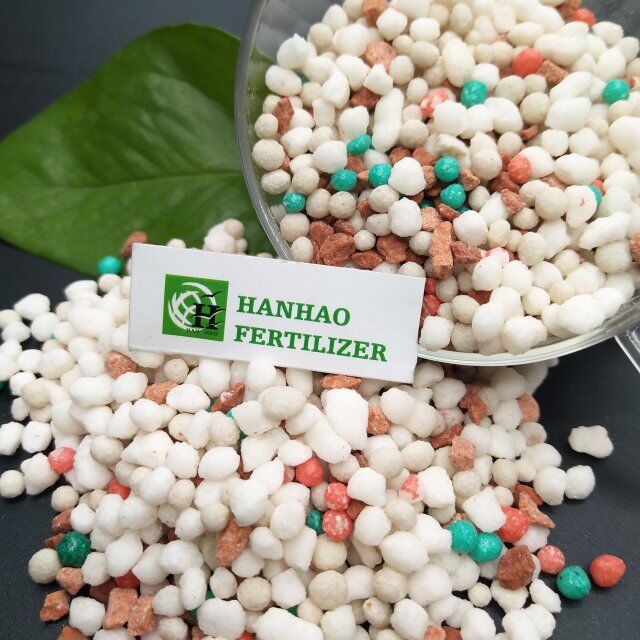
11-р сар . 05, 2024 20:55 Back to list
npk fertilizer prices
The Dynamics of NPK Fertilizer Prices Trends and Implications
NPK fertilizers, composed of nitrogen (N), phosphorus (P), and potassium (K), are essential for modern agriculture. They play a critical role in enhancing crop yield and quality, making them vital for food security and agricultural productivity. However, the prices of NPK fertilizers have been highly volatile in recent years, influenced by a myriad of factors including global market dynamics, production costs, and environmental policies.
Factors Influencing NPK Fertilizer Prices
1. Raw Material Costs The primary components of NPK fertilizers—urea for nitrogen, rock phosphate for phosphorus, and potash for potassium—are subject to the fluctuations of global commodity markets. For instance, changes in oil prices can significantly impact the cost of nitrogen fertilizers, as natural gas is a key input in their production. Similarly, geopolitical tensions can disrupt the supply chains of potash and phosphate, driving prices higher.
2. Supply and Demand Dynamics The balance between supply and demand is crucial in determining fertilizer prices. During periods of strong agricultural output, demand for NPK fertilizers typically increases. However, if supply fails to keep pace, prices may surge. Conversely, during years of poor crop yields or economic downturns, demand for fertilizers may decline, leading to price drops.
3. Government Policies and Subsidies Many countries implement agricultural policies and subsidies that can significantly affect NPK fertilizer prices. For instance, subsidies for fertilizer use in regions like India or Brazil can lower the effective market price for farmers, encouraging higher application rates. On the flip side, stricter environmental regulations aimed at reducing fertilizer runoff can limit production capacities, potentially leading to increased prices.
4. Environmental Concerns The environmental impact of excessive fertilizer use has come under increasing scrutiny. As sustainable farming practices gain traction, there is a push towards organic fertilizers and integrated nutrient management systems. This shift could both stabilize NPK prices in the short term as producers adapt and lead to increased prices in the long term if production methods become more costly.
5. Market Speculation In recent years, the role of speculators in agricultural markets has grown. Investments in commodity futures can lead to increased volatility in fertilizer prices. Speculators may drive up prices in anticipation of future shortages or increased demand, creating a feedback loop that affects actual market conditions.
npk fertilizer prices

Current Trends in NPK Fertilizer Prices
As of 2023, NPK fertilizer prices have seen significant fluctuations. Following the COVID-19 pandemic, global supply chains faced disruptions that led to tight fertilizer supplies and skyrocketing prices. Many farmers reported concerns over affordability, which in turn posed risks to food production and security.
Recent geopolitical events, such as the conflict in Eastern Europe, have further exacerbated the situation. With major suppliers of potash and phosphorus located in conflict zones or facing sanctions, the availability of these essential ingredients has been compromised. Consequently, the price of NPK fertilizers has surged, placing additional strain on farmers worldwide.
Implications for Farmers and Agriculture
The rising cost of NPK fertilizers presents a dual challenge for farmers managing production costs while trying to maintain profitability. As fertilizer prices increase, farmers may be forced to reduce application rates or seek alternative nutrients, potentially impacting crop yields. For smallholders in developing countries, where margins are already tight, the situation is particularly dire, threatening their livelihoods and food security.
Conclusion
Understanding the dynamics of NPK fertilizer prices is crucial for stakeholders in the agricultural sector. Farmers, policymakers, and industry leaders must navigate the complexities of raw material costs, environmental regulations, and market expectations while fostering sustainable practices. As global agriculture faces new challenges, collaboration and innovation in nutrient management will be essential for ensuring both economic viability and environmental stewardship in the years to come. The landscape of NPK fertilizer prices will continue to evolve, making it imperative for all involved to remain informed and adaptable.
-
Premium Amino Acid Fertilizer | Rapid Plant Growth Booster
NewsJul.31,2025
-
10 10 10 Fertilizer Organic—Balanced NPK for All Plants
NewsJul.30,2025
-
Premium 10 10 10 Fertilizer Organic for Balanced Plant Growth
NewsJul.29,2025
-
Premium 10 10 10 Fertilizer Organic for Balanced Plant Growth
NewsJul.29,2025
-
Premium 10 10 10 Fertilizer Organic for Balanced Plant Growth
NewsJul.29,2025
-
50 Pound Bags of 13-13-13 Fertilizer for All Plants – Bulk & Organic Options
NewsJul.28,2025
